Let’s redraw the boundaries in the first paragraph. Babylon is not a film for everyone, but rather one that will divide its audience. Similar to Quentin Tarantino’s Once Upon A Time… In Hollywood, Damien Chazelle also presents a film based on his love for cinema and history. Unlike Tarantino’s film, however, Babylon is much more extravagant. Nevertheless, both films require some knowledge of cinema history or a genuine interest in it to fully appreciate, as many of the events and characters portrayed are inspired by true stories. Consequently, the film may seem like an endless barrage of noise to some, but to me, it is cinema itself.
Let’s briefly discuss the plot. The story takes place in the 1920s when Los Angeles was just beginning to earn its Hollywood nickname. The film industry was expanding, and the streets were filled with destitute people hoping to become actors. Nellie LeRoy (Margot Robbie) was one of these impoverished individuals. Believing she was born to be a star, Nellie attends the party of the famous Jack Conrad (Brad Pitt) with the help of Manny (Diego Calva), and both of their lives are changed that night. Nellie is fortunate enough to land a role in a film, while Manny suddenly finds himself as Jack Conrad’s assistant. However, fame is not something everyone can handle, and the cinema industry is also undergoing significant changes.
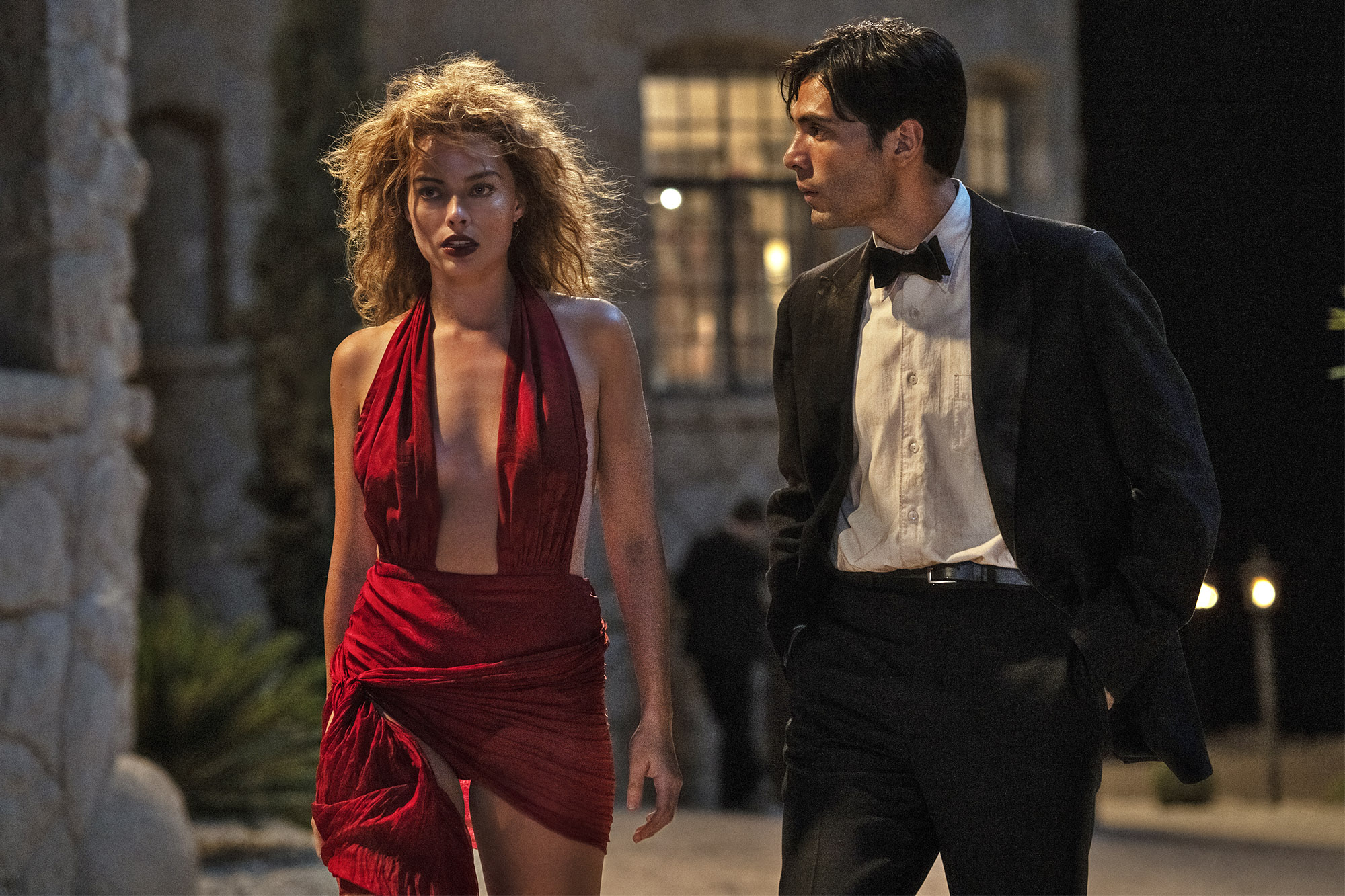
Babylon is essentially a different version of the Oscar-winning film, The Artist. The story is fundamentally the same. When Warner Bros. released the first sound film, The Jazz Singer, in 1927, the entire industry underwent a significant transformation. Prior to 1927, cinema was dominated by short, silent films focused on comedy and action, known as “Gags.” It was a period when three films were shot in a single day, and audiences watched them in nickelodeons, where they paid five cents to enter. When Cecille B. DeMille and others moved the film industry from cold and rainy New York to sunny Los Angeles, the industry was revolutionized. Filmmaking became easier, and many famous directors and actors emerged.
RELATED: A Historical Perspective on Individuals Excluded During the Golden Age through Netflix’s Hollywood SeriesOnce Upon a Time… In Hollywood
What sets Babylon apart from The Artist is its dramatic and striking portrayal of the era and the events that took place after 1927. Therefore, some knowledge of cinema history is necessary to fully appreciate it. However, if you have made it this far, I would like to give you a glimpse of some of the events depicted in the film to help you better understand it.
1927 and 1928 were actually significant years for Hollywood. Although the introduction of sound changed the industry, there were many other stories behind the scenes. Before 1927, films did not have sound. Instead, intertitles were used to explain the story or dialogue. Lady Fay Zhu (Li Jun Li), whom we meet in the film, prepares these intertitles for the movies. Sometimes, when films were shown in Nickelodeons, someone would narrate the story. But usually, films were accompanied by music. The lack of sound made filming easier. Nellie’s first day on set was actually based on this simplicity. Actors standing in box sets made up of wall designs inspired by George Melies showcased their acting skills with the support of the never-ending sunshine of Los Angeles. As Nellie walked around the sets, we came across some films, one of which I think was a reference to Fatty Arbuckle’s famous 1918 film “The Cook.” And the characters fighting in the forest, which I believe was a nod to “The Artist.” The Cook reference is interesting because we see Fatty Arbuckle twice in the film. I will mention it.
Of course, it was easier to make films without sound. Not only on sets, but you could also easily shoot films by going to certain parts of the city. Charlie Chaplin, Buster Keaton, and Harold Lloyd were comedians who used the city most effectively, and they made serious success during the silent era. However, in 1927, Warner Bros introduced Vitaphone, and cinema changed from top to bottom. Although “The Jazz Singer” is known as the first talkie, it was not the first entirely sound film. There had been sound experiments in cinema. Don Juan was released in 1926, but it didn’t create the necessary impact. Perhaps it didn’t make an impact because Manny didn’t feel the need to convey it to his boss, Jack Conrad. However, The Jazz Singer he watched in 1927 was a harbinger of change. But the real change came with “Lights of New York,” released in 1928. “Lights of New York” was the first entirely sound film, and it was the beginning of an unstoppable change.
The arrival of sound in cinema caused 5 major changes. The film depicts these changes very accurately and strikingly. The first change was that actors had to speak now. The audience’s curiosity about sound led to movies turning to sound. Of course, the arrival of sound was terrible news for many, especially for actors with bad voices. Nellie, with her excellent acting and sassy woman image, gathered a serious audience, but when sound films started, she fell victim to her voice and was slowly fading away from the industry. Not just Nellie, but many vital names in the industry also lost their importance over time. We can even say that the pool of actors in Hollywood was completely renewed. But the arrival of sound was not the only factor in the industry’s change.
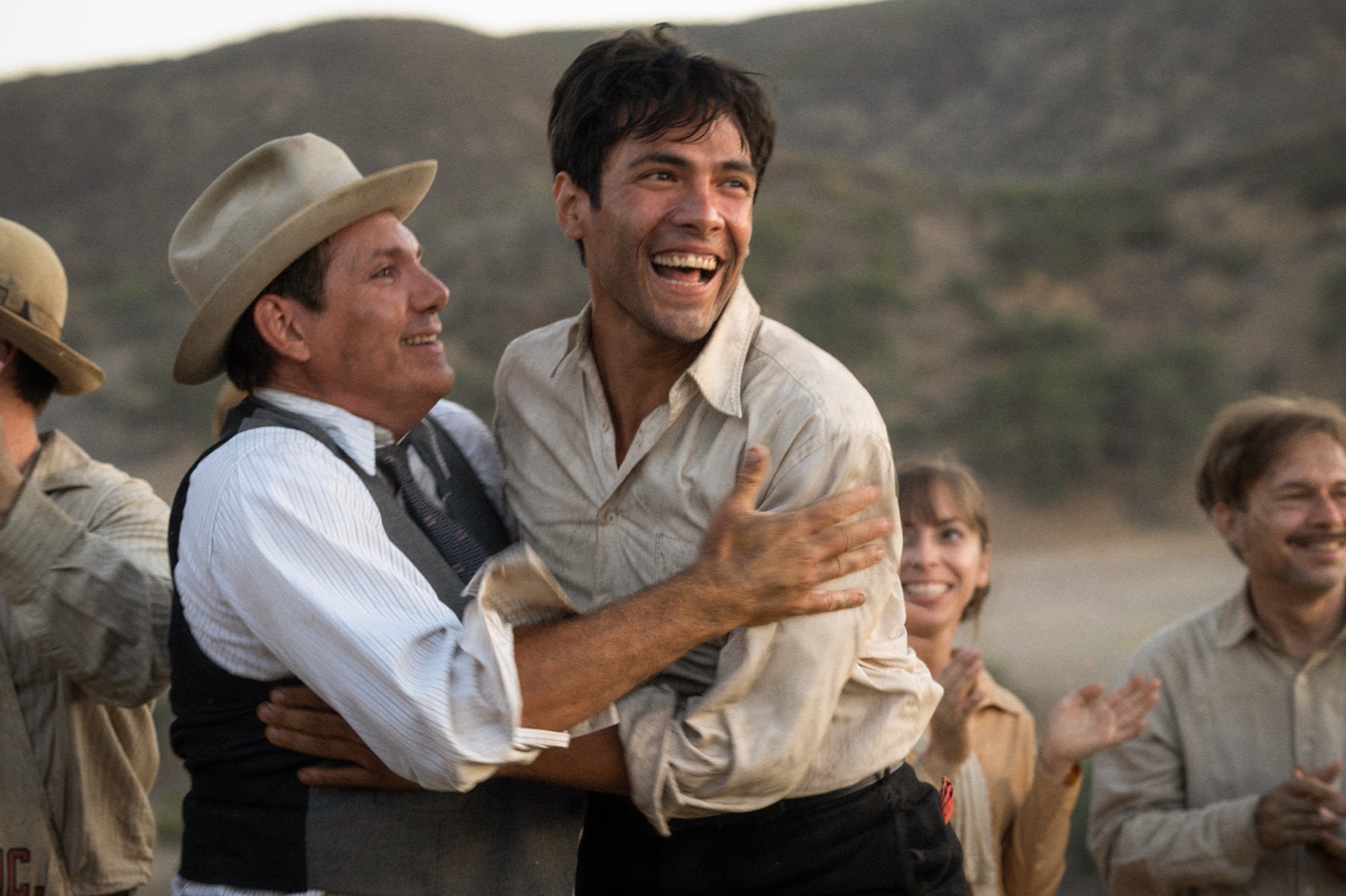
The advent of sound caused the development of new recording systems, which were quite primitive and noisy. As brilliantly portrayed in the film, shooting sound films was a nasty problem. Those working in the industry had to change everything from the way they breathed to the shoes they wore. Unfortunately, proper sound recording also led to a sense of static in the performance. Actors lost their theatrical freedoms, as did directors. This, in turn, led to changes in film genres. The famous action and comedies of the pre-1927 era gradually gave way to melodramas. To capture the sound accurately, cameras were fixed, and actors had to perform more statically. This resulted in actors like Jack Conrad or Nellie being replaced by names like Clark Gable or Jane Harlow.
The fourth and perhaps most significant event that changed the entire industry is told very subtly in the film. Hollywood was filled with dozens of different film companies, but three middle-class firms accompanied the five major companies that directed the industry. After 1927, companies with the means moved towards sound films. Sound was an expensive system, and merely shooting sound was not enough. Films had to be shown in sound-enabled theaters. The big companies, such as Warner Bros. or Paramount, owned their own cinemas, so they were better positioned to weather the change. Unfortunately, the smaller companies were left behind, trailing in the wake of the big eight.
As a result, the industry came to be dominated by these eight major companies. Before 1927, cinema had a more independent structure. You could shoot a film wherever and however you wanted. But with the arrival of sound, and the need for proper sound recording, companies were forced to turn from the streets to the studios. To ensure continuity, they shifted to a system of “salary-based employees.” These large companies signed contracts with actors, paying them weekly salaries and requiring them to stay in the studio day and night. Working on the logic of releasing a film every week, these companies sometimes even dictated when their actors should eat and sleep. Many actors and directors rejected this system; some could not adapt and disappeared. Unfortunately, Jack Conrad was one of those who could not adjust.
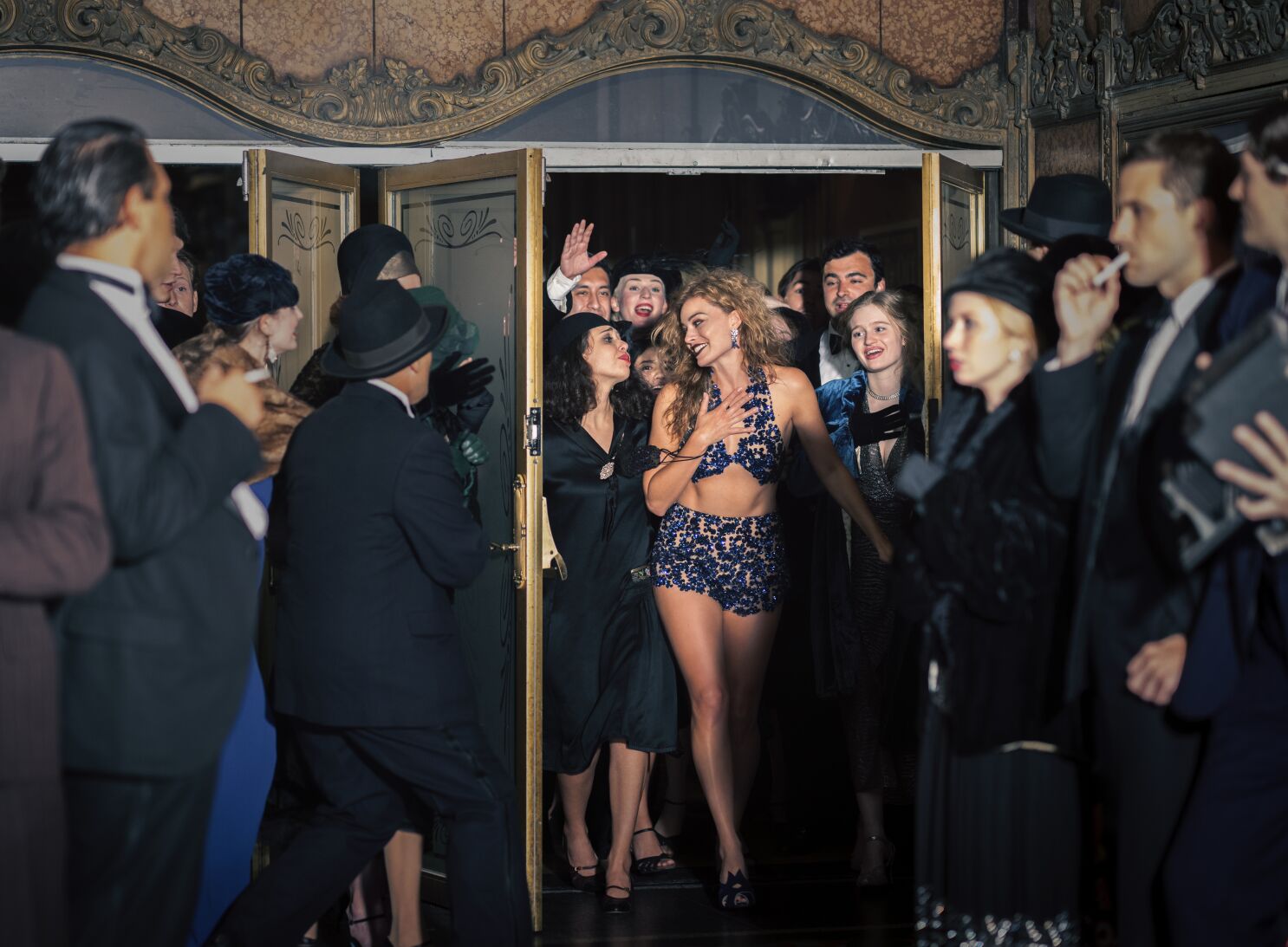
Following The Jazz Singer, not all films transitioned to sound immediately. Those who had the means made the switch, while those who didn’t continue with silent films. Some outright rejected sound. Among the major comedians of the time, Charlie Chaplin, Buster Keaton, and Harold Lloyd were among the rejecters. Harold Lloyd completely withdrew from the market, while Buster Keaton became a part of the studio system due to economic circumstances and lost his psyche and health in the process. Buster, who had severe problems with the owner of MGM, couldn’t bear the conditions of the studio system and disappeared from the industry. Chaplin continued with silent films using his name’s power, but he eventually had to switch to sound as well. The wind of change swept away even the most prominent names.
The film also subtly touches on another topic through Lady Fay Zhu. Our fifth point is the Hays Code. The 1920s were known as the Party Animals. Along with the growth of the entertainment industry, the rise of stars, technological advancements, and increasing freedoms, people indulged in endless entertainment. Remember the parties in The Great Gatsby? They exist in Babylon too. People threw parties in the 20s that made history. Sex, drugs, and alcohol were rampant at these parties, and unfortunately, this bothered some people greatly. This discomfort eventually became a law that affected them. The biggest reason was Fatty Arbuckle. Remember the young girl who fell into a drug coma and the fat man at the film’s beginning? The fat man was actually a reference to Fatty Arbuckle. Fatty, accused of raping and killing Virginia Rappe at a party in San Francisco, had initiated a significant change. Although he was acquitted four years later, the newspapers and society had already labeled entertainment industry people as deviants. Despite receiving compensation, Fatty could not return to the industry due to the mud that stuck to his name.
As the film industry underwent a complete transformation with the advent of sound in 1927, the Great Depression, which erupted in 1929, changed America from top to bottom. The 1930s were actually years of radical change for America. Americans, who had tasted independence to the fullest in the 1920s, returned to their narrow roots in the 1930s. The fact that sex and drugs, the constant features of parties, were also reflected in films, and the fact that some sections were uncomfortable with films such as Baby Face (1932), Freaks (1932), and Scarface (1932), prompted William H. Hays to take action. Hays, who believed that films should be more conservative, caused the Hays Code to be introduced in 1934. The codes completely eliminated obscene and supposedly harmful content from the screen, and even the endings of films were scrutinized. Villains always had to be punished, films had to have happy endings, and certain characters had to appear on the silver screen.
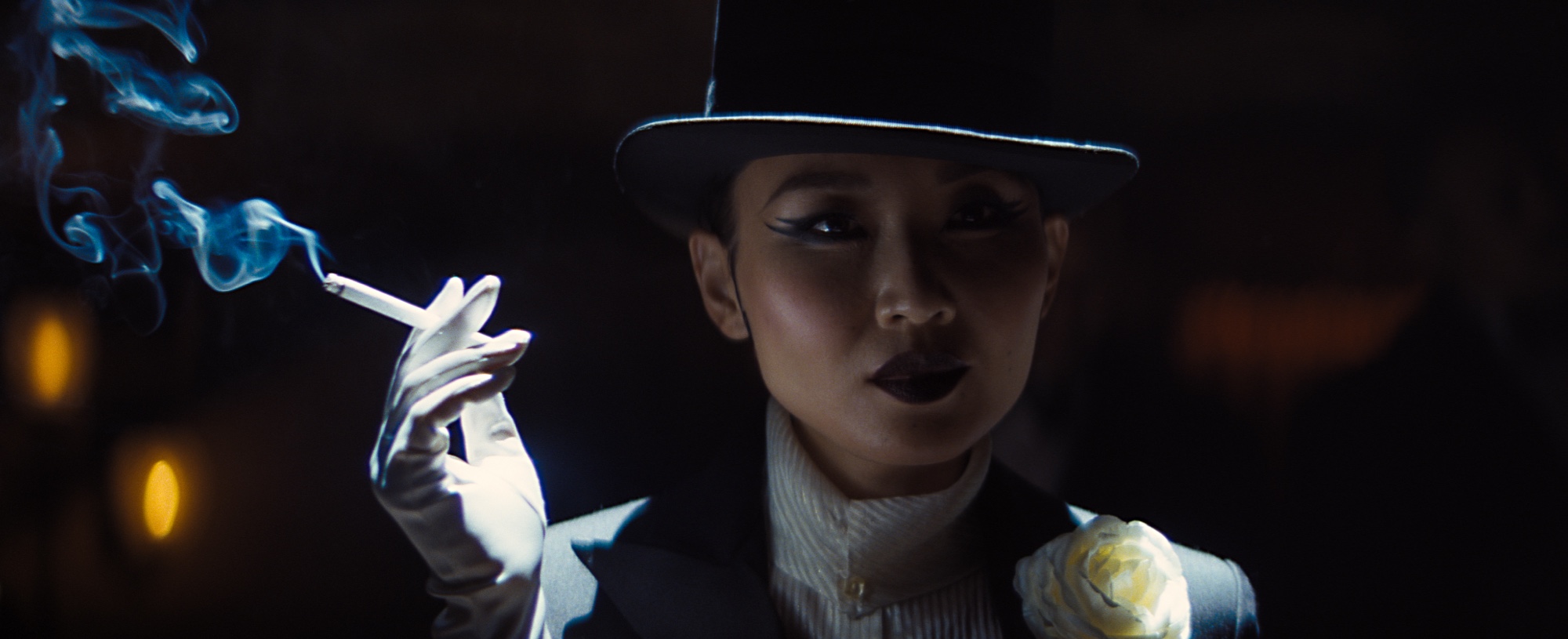
Here’s how the “specific characters” part also affects Lady Fay Zhu. In the 1920s, cinema was diverse on screen, but over time, it became ultra-narrow-minded, and “foreigners” were erased from the screen. Blacks could only be servants, and Far Easterners could only be prostitutes. For LGBT individuals, even though there was no law against them, directors took advantage of the Hays Code and also isolated them from the silver screen. Thus, the screen was filled with all-milky-white actors.
The character Jack Conrad, played by Brad Pitt, is inspired by John Gilbert, a gossip columnist who, like him, had his career destroyed. John Gilbert, who died of a heart attack at the age of 38, was not accepted by the audience during the transition to sound cinema. The character Nellie LeRoy is inspired by Clara Bow, an actress famous for scandals in her time. The first female director of Nellie’s first film is inspired by Dorothy Arzner, one of the few female directors who could work in Hollywood at the time. Let’s take a moment to stop here. Dorothy Arzner is the director who made The Wild Party, which was Paramount’s first talkie. The film’s leading actress is Clara Bow. As we see in the same film, the character played by Clara Bow is in love with her teacher. Similarly, Clara is having difficulty adapting to the sound equipment, which is preventing the completion of the shoot. Arzner comes up with the idea of attaching the microphone to a fishing rod to solve her actor’s problem. This idea is successful, and thus, the first primitive boom example is born.
In the movie, we see Nellie and Manny visiting a mental hospital. This strange and seemingly unrelated section actually proves to be Nellie inspired by Clara Bow. This is because Clara’s mother fell from a balcony and suffered a concussion when she was 16 years old. The mother, who had mental health problems, was taken to a mental hospital after holding a knife to her daughter’s throat.
The character Lady Fay Zhu is inspired by Anna May Wong, a famous Far Eastern actress of the time. Max Minghella brings Irving Thalberg to life in the film, playing the only person I know of who directly portrays a real character. Irving Thalberg, one of the most famous producers of the time, is also a name you will see in my Hollywood article.
The sound cinema system, which started in a primitive way in 1927, improved itself technologically over time, and the shooting, which was initially a torment, became more manageable. The studio system that started in 1928 and the Hays Code, which emerged in 1934, gradually lost their power and disappeared entirely in 1967. Manny’s return to Hollywood in the film, years later, is a reflection of a Hollywood that has now moved away from these laws and systems. Watching Singing in the Rain in 1952, Manny becomes emotional when he sees memories from his own life in the film and realizes that what he produced has value, causing him to start crying.
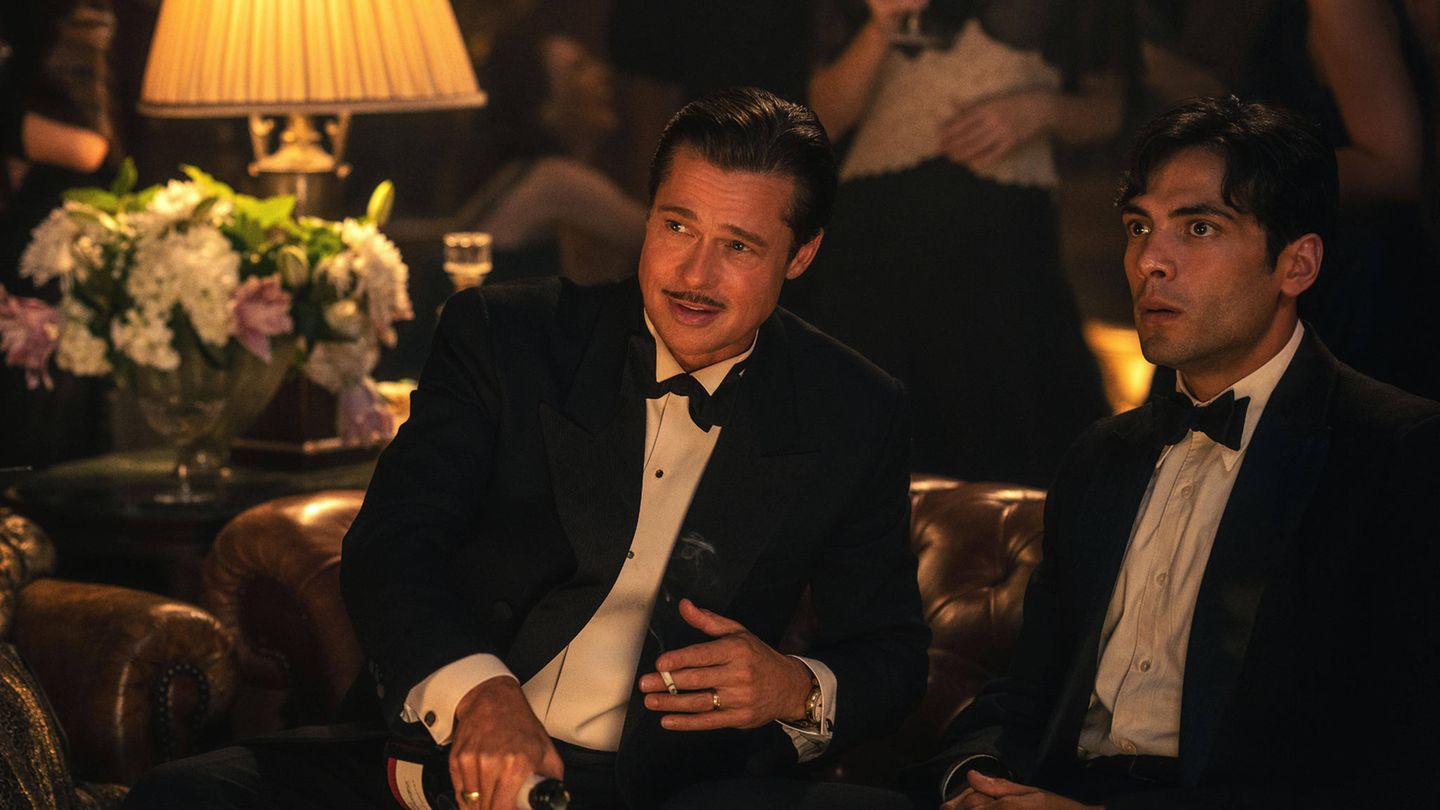
The studio system, despite producing many magnificent films, was not capable of ensuring continuity in the process. It was exhausting and grueling, and as a result, the system began to collapse from within. The ruthless studio producers of the 1930s and 1940s eventually disappeared. When the dark clouds lifted, filmmakers and audiences realized the value of their past. In the 1950s, a wave of regret began in America. Buster Keaton, who had been forgotten despite all his achievements, was remembered and awarded an honorary Oscar. Charlie Chaplin, who was literally expelled from America, also received an award in the form of an apology. Manny represents precisely such a period in Hollywood, a Hollywood that has realized what it has done. Manny, who spent half of his life thinking that what he experienced and produced was worthless, reencounters the true power of cinema after watching a movie in any theatre.
Babylon tells the story of how Hollywood, adorned with flashy stars, is actually a wild and demanding place behind the camera. While Ryan Murphy’s Hollywood is writing an alternative history, Babylon depicts events as they happened. The foundations of the Hollywood we love and enjoy today were built amid laughter and tears. Despite its fun and pleasing appearance, it is filled with painful stories and careers that ended or disappeared. Babylon tells this unfortunate history in a very grandiose way, but over time it leaves the grandeur behind and presents it as drama in the most accurate way possible. You can see Jack Conrad’s unhappiness on his face during his interview, and you can also see Buster Keaton’s face for a few seconds in Sunset Boulevard. They live like kings and suddenly find themselves in the midst of nothingness. Those who replace them also become slaves to predatory producers. However, humanity is a species that eventually realizes its mistakes. As time passes, we develop and change. As we change, we understand our mistakes. Hollywood is also in a period where it is aware of its mistakes and trying to change them, even if it is now called “hypocritical.”
In conclusion, the magnificent narrative at the end of Babylon is a logical and exquisite journey, especially considering Damien Chazelle’s previous films. Damien Chazelle has a love for cinema and history, as well as characters who rise from scratch but are eventually stunned by the realities of life. I think that’s why he is ostracized, especially for his love of cinema history. La La Land not winning Best Picture at the Oscars and Babylon not being taken seriously despite the fact that it should have been sweeping all the awards may be due to Hollywood’s rejection of its past. As far as I can tell, the Academy does not seem to be pleased with being reminded of their industry’s history. But they forget one thing: history is full of pain and beauty. We should not forget the pains as we remember the beauties because our mistakes are what make us who we are.

Cast & Crew
director: Damien Chazelle
writers: Damien Chazelle
starring: Margot Robbie, Brad Pitt, Diego Calva, Olivia Wilde, Samara Weaving, Li Jun Li
USA | 2022 | 189 MINUTES |
